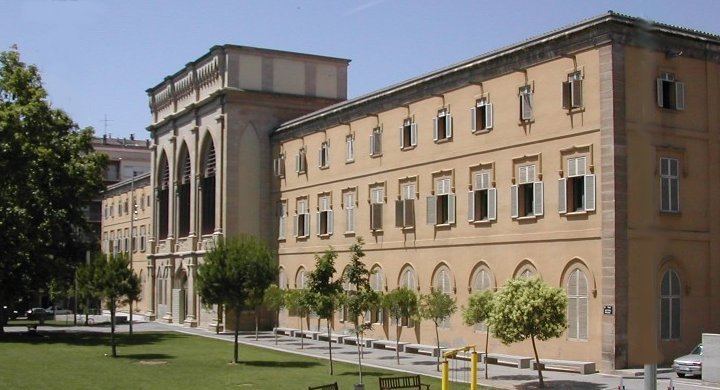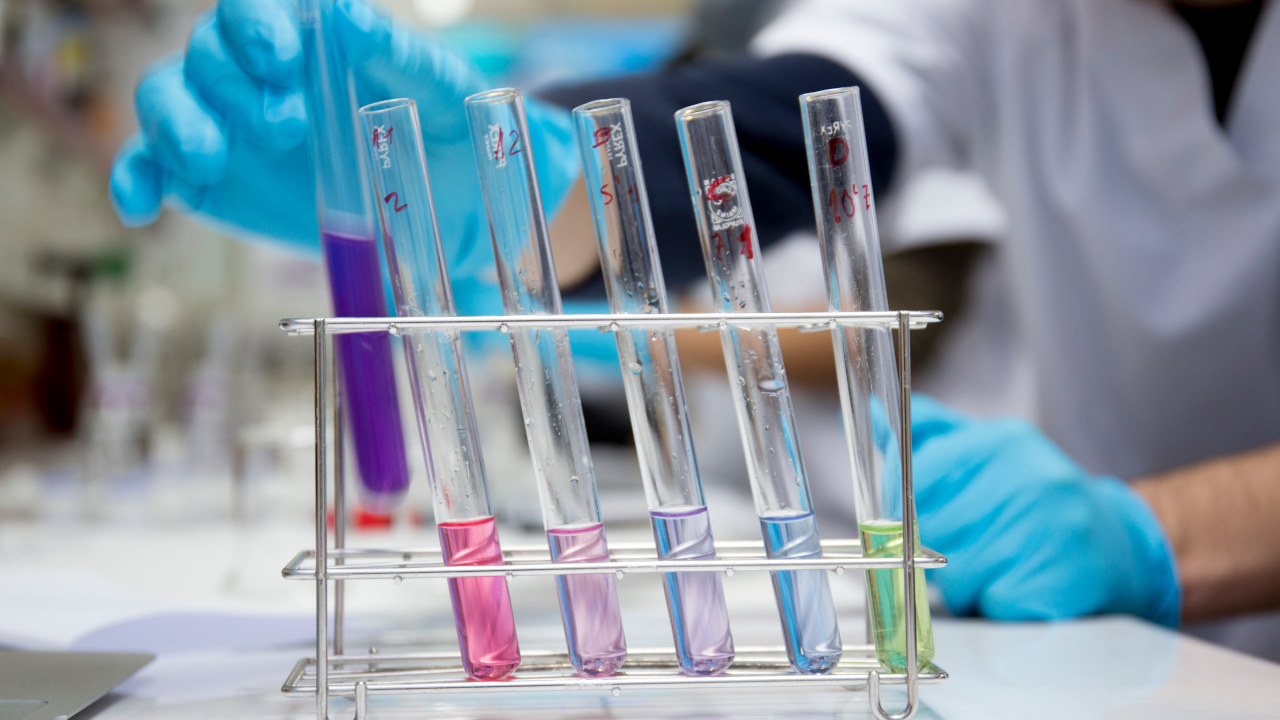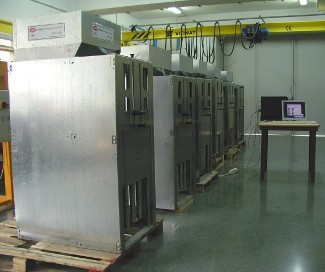After having designed a number of prototypes, the University of Lleida’s research group in precision agriculture, livestock farming, agricultural robotics and agrotechnology, which is led by Jesús Pomar, has completed the first professional line of the intelligent robotic system that is able to reduce costs and harmful waste in pig farms. Four of the seven robots built, called an IPF (Intelligent Precision Feeder), will be sent tomorrow to the Faculty of Veterinary Medicine at the University of Montreal, Canada, two more will go to the IRTA Pig Control and Assessment Centre, in Girona, whilst the last one will remain at the UdL to continue doing research.
Developed in collaboration with Agriculture and Agri-Food Canada, this intelligent robotic system patented by the UdL was first presented a year and a half ago. However, the researchers have been working on it since 2004 with the aim of implementing a new precision feeding and management system for pig farms. The results obtained in the latest experiments have shown that these machines can reduce protein and phosphorous consumption by 25%, which means a reduction of 35 to 45% of the nitrogen and phosphorous in dung and a saving of 4 to 7 euros for each fattened pig.
| The system makes it possible to feed each animal automatically according to its needs and performance, thus reducing both the cost of food and the production of contaminating waste |
According to Pomar, this advance will give “an enormous boost to the development of the new concept of precision pig farming and to sustainability in pork production as it respects the environment. He added that it would make it possible to feed each animal automatically according to its needs and performance, thus reducing both the cost of feed and the production of contaminating waste. Furthermore, is able to measure biological parameters such as growth rates, feeding efficiency and the state of health of the animals. He concluded that it could streamline and cheapen the manufacture and distribution of feed to farms.
Pomar anticipates that in less than three years this technology could be available to farms, which is why pre-commercial testing has begun and the machines redesigned to match commercial needs.




